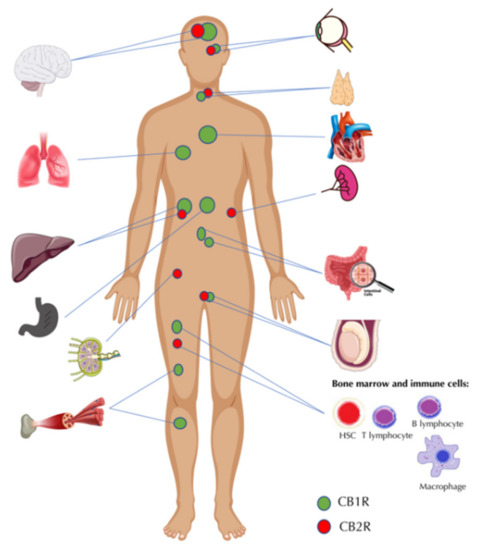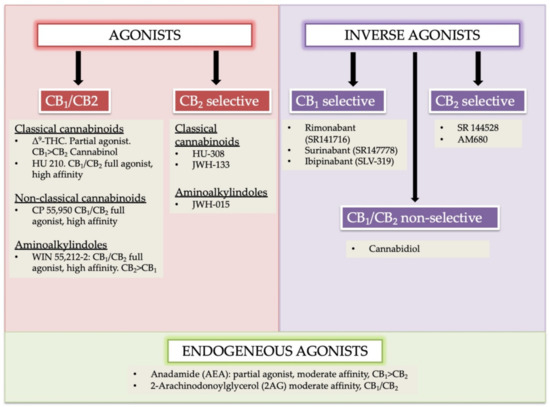
“Background: Hyperinsulinemia (HI) means that the amount of insulin in the blood is higher than normal and is often associated with type 2 diabetes. It is known that delta-9-tetrahydrocannabinol (THC) obtained from a medicinal plant, Cannabis sativa, has therapeutic effects on many diseases.
Objective: This study aimed to investigate the effects of THC on inflammatory and oxidant status in rat pancreas with HI.
Methods: Rats were divided into groups; Control, HI, THC and HI + THC. Each group consists of 8 animals. HI and HI + THC groups were given 10% fructose in the drinking water for 12 weeks. In the last four weeks of the experiment, 1.5 mg kg-1 THC was injected intraperitoneally daily into THC and HI + THC groups. The expression of tumor necrosis factor-alpha (TNF-α), interleukin-6 (IL-6), and nuclear factor-kappa B (NF-κB) were detected. JNK/SAPK and Grap2/p38 levels, total antioxidant and oxidant capacities (TAC and TOC) were analyzed in the pancreas.
Results: Levels of IL-6, NF-κβ, and TNF-α mRNA expression were higher in the pancreas with HI than in the control (p < 0.001 for all). THC treatment reduced the expression of IL-6, NF-κβ, and TNF-α mRNAs in the HI + THC group compared to the HI group (p < 0.001 for all). TOC increased in the HI group compared to the control group (p < 0.001). However, THC treatment reduced TOC levels in the HI + THC group compared to the HI group (p < 0.001).
Conclusion: According to the results, the THC treatment may regulate inflammation and TOC in rats with hyperinsulinemia. Thus, we can say that THC may have anti-inflammatory and antioxidant potential in metabolic disorders.”
https://pubmed.ncbi.nlm.nih.gov/36239881/
https://link.springer.com/article/10.1007/s11033-022-07996-9







 “The Endocannabinoid System (ECS) is primarily responsible for maintaining homeostasis, a balance in internal environment (temperature, mood, and immune system) and energy input and output in living, biological systems.
“The Endocannabinoid System (ECS) is primarily responsible for maintaining homeostasis, a balance in internal environment (temperature, mood, and immune system) and energy input and output in living, biological systems.  “Obesity-related insulin resistance (IR) and attenuated brain insulin signaling are significant risk factors for neurodegenerative disorders, e.g., Alzheimer’s disease. IR and type 2 diabetes correlate with an increased concentration of sphingolipids, a class of lipids that play an essential structural role in cellular membranes and cell signaling pathways.
“Obesity-related insulin resistance (IR) and attenuated brain insulin signaling are significant risk factors for neurodegenerative disorders, e.g., Alzheimer’s disease. IR and type 2 diabetes correlate with an increased concentration of sphingolipids, a class of lipids that play an essential structural role in cellular membranes and cell signaling pathways. “Δ9-Tetrahydrocannabivarin (THCV) is a cannabis-derived compound with unique properties that set it apart from the more common cannabinoids, such as Δ9-tetrahydrocannabinol (THC). The main advantage of THCV over THC is the lack of psychoactive effects.
“Δ9-Tetrahydrocannabivarin (THCV) is a cannabis-derived compound with unique properties that set it apart from the more common cannabinoids, such as Δ9-tetrahydrocannabinol (THC). The main advantage of THCV over THC is the lack of psychoactive effects.  “In humans, various sites like cannabinoid receptors (CBR) having a binding affinity with cannabinoids are distributed on the surface of different cell types, where endocannabinoids (ECs) and derivatives of fatty acid can bind. The binding of these substance(s) triggers the activation of specific receptors required for various physiological functions, including pain sensation, memory, and appetite.
“In humans, various sites like cannabinoid receptors (CBR) having a binding affinity with cannabinoids are distributed on the surface of different cell types, where endocannabinoids (ECs) and derivatives of fatty acid can bind. The binding of these substance(s) triggers the activation of specific receptors required for various physiological functions, including pain sensation, memory, and appetite. 